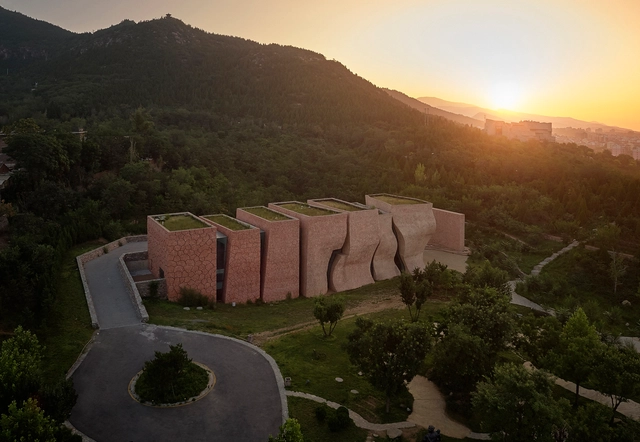
I live in a bubble. I hop from conversation to conversation with architects who live in their own bubbles. I bounce from one bubble to the next. These bubbles are formed by the gross misalignments and discrepancies between what these architects say and what they do. I like venturing into their fascinating minds; they form the mythology of architecture that I love to inhabit. In the following interview Beijing-based architect, educator, and critic Zhang Li helped me to diagnose these discrepancies. He said, “No matter how moral, how ethical, how correct you are if you can’t do beautiful things you are doomed… Architecture is great because it is beautiful.”


Aki_Furudate_Niaux_03.jpg?1558971632&format=webp&width=640&height=580)





.jpg?1554911940&format=webp&width=640&height=580)









